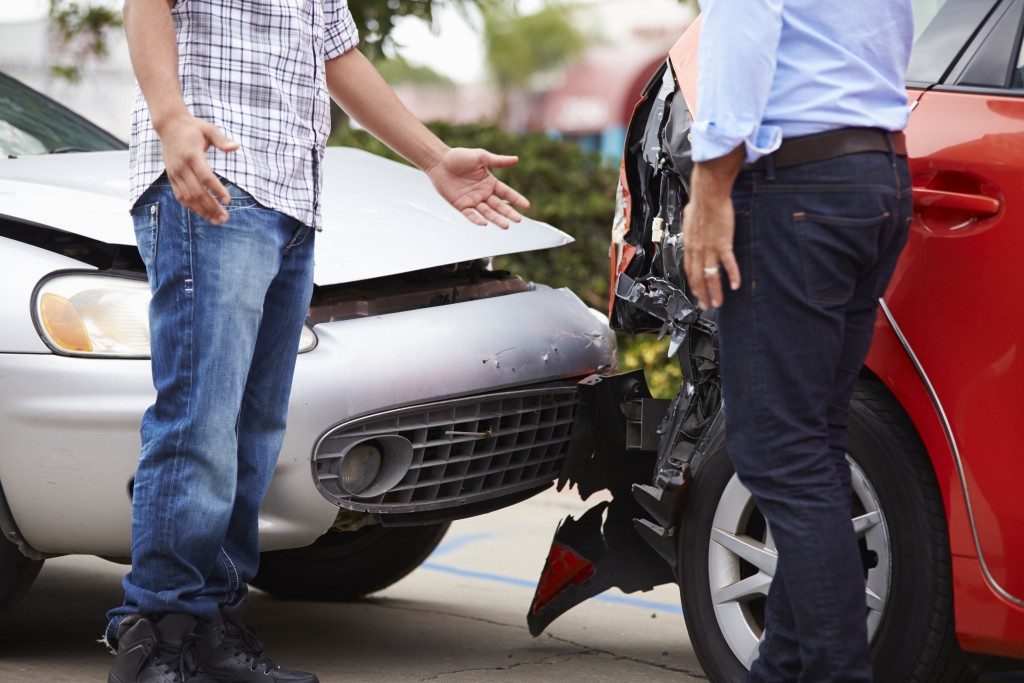People have increasingly busier schedules. You fill your days with things that have to be done right away, like school drop-offs, dry-cleaning pick ups, business meetings, and lunch appointments. Your car is usually the fastest way available to get around town and check things off your list.
But driving can also bring out the worst in you. Angry drivers sometimes honk their horns relentlessly or scream profanities; those who are armed are likely to draw their guns. This ugly explosion of anger, or road rage, is a major cause of accidents and automobile fatalities in America. Road-raging drivers have tried running other cars off the road, threatened people with weapons, and have even killed other people.
But not all aggressive behavior can be road rage.
Aggressive or Raging?
Aggressive driving can sometimes be the cause and an effect of road rage. But how are they different? Aggressive driving is operating your car with little regard for the safety of other vehicles. Speeding, changing lanes without signaling, honking a horn continuously, and flashing high beams repeatedly are all considered kinds of aggressive driving.
Road rage is when a driver or passenger commits a violent act against another passenger or driver. Acts that count as road rage include instigating a race, ramming or bumping another vehicle with your own car, or brandishing a gun or knife against someone else. Some states criminalize road rage, and a driver found guilty of it could serve jail time.
Behind the Wheel of Road Rage
Psychologists and other mental health professionals have studied the phenomenon of road rage. It used to be a generally male issue; it now occurs equally among men and women. People who have other anger-control issues are prone to road rage. But it can also affect people who are usually calm and collected.

One of the underlying causes of road rage is a large ego. Drivers who think too much of themselves are quick to get angry about perceived disrespect to themselves.
Some may not like it when other drivers violate the area of the road that they see as their territory. They could get angry when someone changes into their lane, or cuts them off. They view these as invasions of their territory and might respond with violence.
Someone driving aggressively can set off someone’s road rage. Alternatively, a person can use aggressive driving to punish or harass the focus of their anger.
Road rage is as much a danger to car owners as leaking brake fluid or a burst tire. And just as how you would go to a repair shop to fix your Honda, you’ll need know-how to deal with someone who is exhibiting threatening behavior on the road.
Dealing with Road Rage
If you ever provoke the ire of a driver in road rage mode, you could avoid a costly accident or safety threat by keeping the following advice in mind:
- Monitor your responses. Do not do anything to escalate the argument.
- Maintain a tolerant and level-headed mentality.
- Stay inside your vehicle and the safety it can provide.
- Leave enough space between your vehicles that you have room to drive away if needed.
- Park in a public space with plenty of people who can act as witnesses or offer aid.
- If you ever feel like you are genuine danger, call 911 immediately.
Sometimes the biggest threats to road safety while driving aren’t vehicle malfunctions or the weather. Sometimes it’s people you have to watch out for. The next time you hit the road, remember that no matter how fast you go, you should never “leave your brain” or your temper behind.



